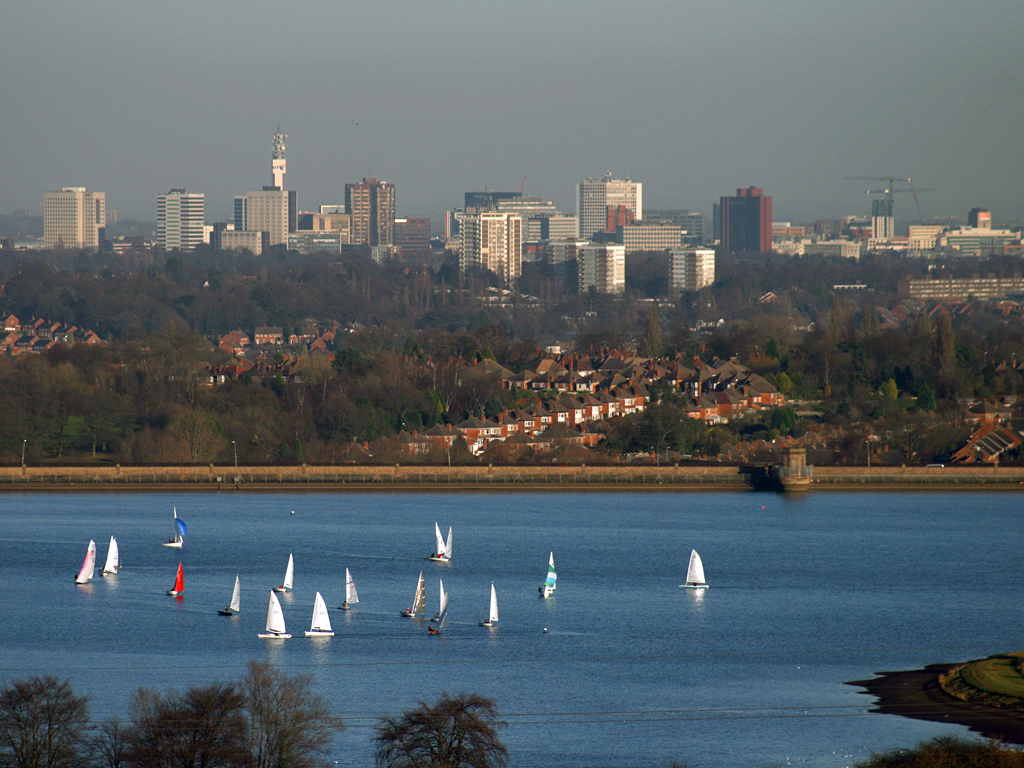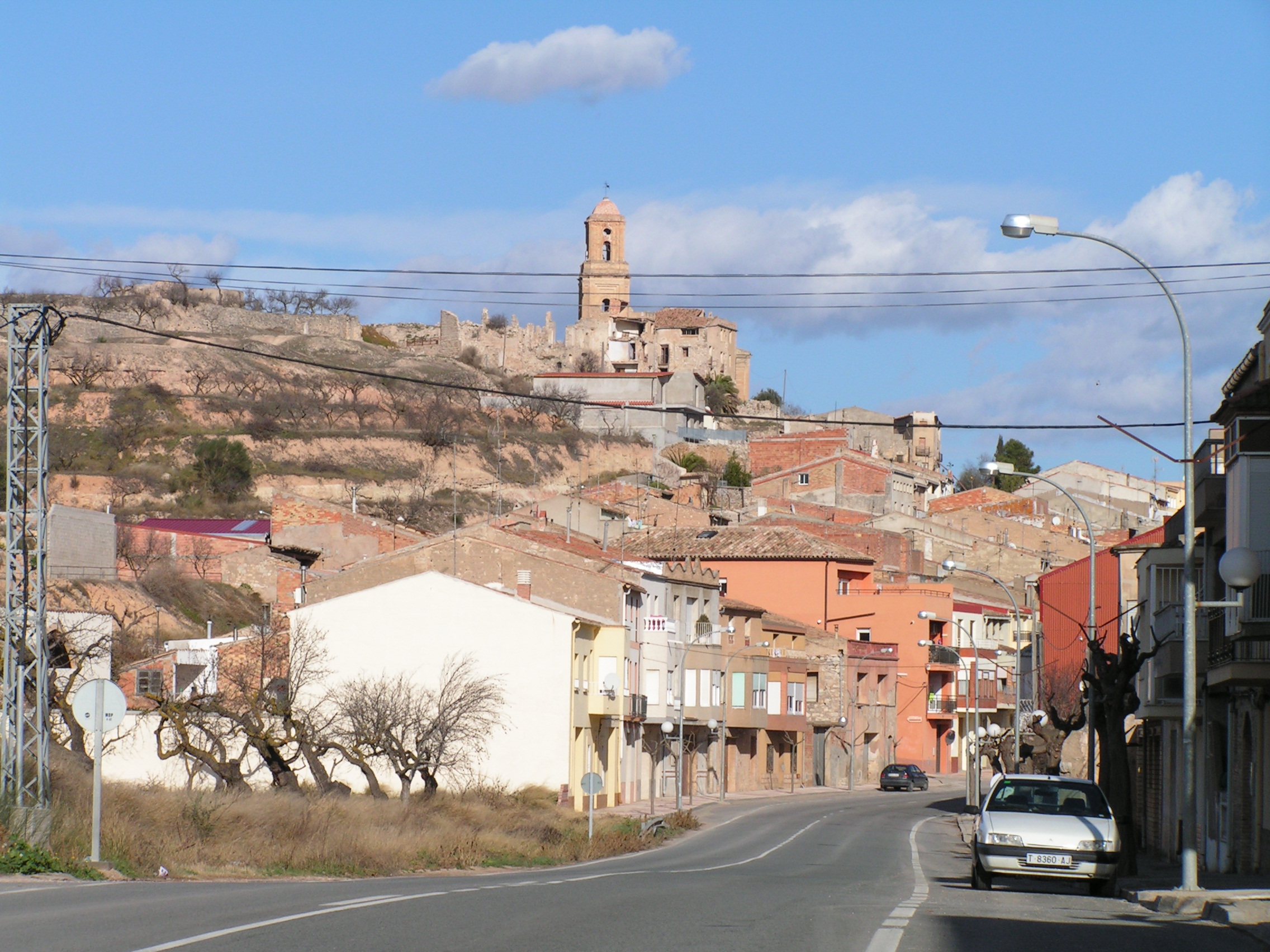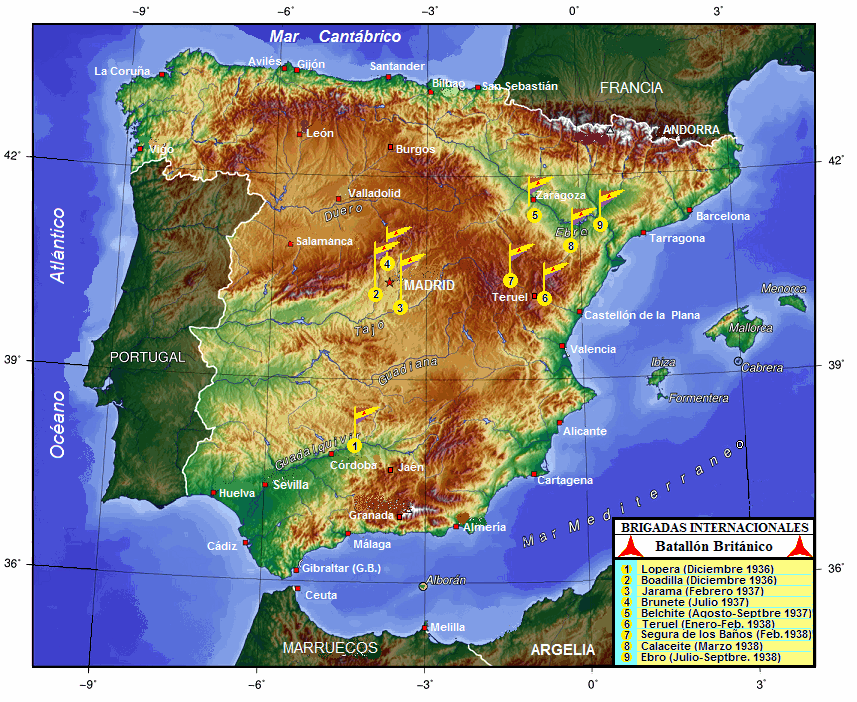|
Jack Jones (trade Unionist)
James Larkin Jones (29 March 1913 – 21 April 2009), known as Jack Jones, was a British trade union leader and General Secretary of the Transport and General Workers' Union. Early life Jones was born in Garston, Liverpool, Lancashire. He was named after the Liverpool-born Irish trade unionist James Larkin. He left school at 14 and worked as an engineering apprentice. After the Wall Street Crash, Jones lost his job, eventually finding employment with a firm of signmakers and painters. He then joined his father as a Liverpool docker. Jack Jones was converted to socialism by reading ''The Ragged Trousered Philanthropists'' by Robert Tressell, and he later explained how the book "was passed from hand to hand among people in the Labour movement and had a remarkable effect on our thinking". He became a member of the Transport and General Workers Union, and was elected shop steward, then a delegate on the National Docks Group Committee. Spanish Civil War Strongly opposed to the B ... [...More Info...] [...Related Items...] OR: [Wikipedia] [Google] [Baidu] |
Garston, Merseyside
Garston is a district of Liverpool. Historically in Lancashire, it is bordered by the suburbs of Grassendale, Allerton, and Speke. It lies on the Eastern banks of the River Mersey. History In medieval times, Garston was home to a group of Benedictine monks. The first recorded mention of settlement in Garston is of the Church of St Michael in 1235. By the 19th century, the area had become a small village, one of the eight townships forming the parish of Childwall. A small dock was first built at Garston in 1793 for Blackburne's Saltworks, which still stands today. Garston's growth accelerated rapidly in the 1840s, when in 1846, the area's first dock was constructed and opened, under the auspices of the St Helens and Runcorn Gap Railway Company. The "Old Dock" was followed twenty years later by a second, the "North Dock." The third and final dock, Stalbridge, was opened in 1907. In 1903, Garston was incorporated into the City of Liverpool. The population expanded as migr ... [...More Info...] [...Related Items...] OR: [Wikipedia] [Google] [Baidu] |
Knuckle-duster
Brass knuckles (variously referred to as knuckles, knucks, brass knucks, knucklebusters, knuckledusters, knuckle daggers, English punch, iron fist, paperweight, or a classic) are "fist-load weapons" used in hand-to-hand combat. Brass knuckles are pieces of metal shaped to fit around the knuckles. Despite their name, they are often made from other metals, plastics or carbon fibers. Designed to preserve and concentrate a punch's force by directing it toward a harder and smaller contact area, they result in increased tissue disruption, including an increased likelihood of fracturing the intended target's bones on impact. The extended and rounded palm grip also spreads the counter-force across the attacker's palm, which would otherwise have been absorbed primarily by the attacker's fingers. This reduces the likelihood of damage to the attacker's fingers. It also allows its user to break glass windows without injuring their hands, thus are widely utilized in vehicle theft to br ... [...More Info...] [...Related Items...] OR: [Wikipedia] [Google] [Baidu] |
Amalgamated Engineering Union
The Amalgamated Engineering Union (AEU) was a major United Kingdom, British trade union. It merged with the Electrical, Electronic, Telecommunications and Plumbing Union to form the Amalgamated Engineering and Electrical Union in 1992. History The history of the union can be traced back to the formation of the Journeymen Steam Engine, Machine Makers' and Millwrights' Friendly Society, in 1826, popularly known as the "Old Mechanics". They invited a large number of other unions to become part of what became the Amalgamated Society of Engineers (UK), Amalgamated Society of Engineers (ASE).Arthur Marsh and Victoria Ryan, ''Historical Directory of British Trade Unions'', vol.3, pp.12-16 In 1920, the ASE put out a fresh call for other unions to merge with it in a renamed Amalgamated Engineering Union (AEU). Seventeen unions balloted their members on a possible merger, and nine voted in favour of amalgamation: * Amalgamated Association of Brass Turners, Fitters, Finishers and Coppersm ... [...More Info...] [...Related Items...] OR: [Wikipedia] [Google] [Baidu] |
Hugh Scanlon
Hugh Parr Scanlon, Baron Scanlon (26 October 1913 – 27 January 2004) was a British trade union leader. Scanlon was born in Melbourne, to parents who had emigrated from Britain. His mother brought him back from Australia to the UK when he was two years old; she was by that time a widow. He attended Stretford Elementary School in Stretford near Manchester, which he left at the age of 11 to become an apprentice instrument maker at a local engineering firm where he first joined his union, the Amalgamated Engineering Union (AEU). Scanlon next worked at the Metropolitan-Vickers engineering plant at Trafford Park where he became a shop steward, before attaining the position of convener for the plant. He joined the Communist Party of Great Britain in 1937 following the events of the Spanish Civil War and made use of its networks and organising skills to rise through the union, becoming a district official in 1947. Although Scanlon formally abandoned communism in 1954, he continue ... [...More Info...] [...Related Items...] OR: [Wikipedia] [Google] [Baidu] |
Labour Party (UK)
The Labour Party is a political party in the United Kingdom that has been described as an alliance of social democrats, democratic socialists and trade unionists. The Labour Party sits on the centre-left of the political spectrum. In all general elections since 1922, Labour has been either the governing party or the Official Opposition. There have been six Labour prime ministers and thirteen Labour ministries. The party holds the annual Labour Party Conference, at which party policy is formulated. The party was founded in 1900, having grown out of the trade union movement and socialist parties of the 19th century. It overtook the Liberal Party to become the main opposition to the Conservative Party in the early 1920s, forming two minority governments under Ramsay MacDonald in the 1920s and early 1930s. Labour served in the wartime coalition of 1940–1945, after which Clement Attlee's Labour government established the National Health Service and expanded the welfa ... [...More Info...] [...Related Items...] OR: [Wikipedia] [Google] [Baidu] |
Institute For Workers' Control
The Institute for Workers' Control was founded in 1968 by Tony Topham and Ken Coates, the latter then a leader of the International Marxist Group and subsequently professor at the University of Nottingham and a member of the European Parliament from 1989 until 1999. The Institute drew together shop stewards and militant workers to discuss workers' control of production. It grew out of the Workers' Control Conferences organised from 1964 by ''Voice of the Unions'' and the Centre for Socialist Education. From around 100 at the first meeting in Nottingham, the figure grew to some 1200 in 1969. The Institute won sponsorship from a number of trade union leaders, including Hugh Scanlon. In the later opinion of the International Marxist Group :''See also the International Marxist Group (Germany). The International Marxist Group (IMG) was a Trotskyist group in Britain between 1968 and 1982. It was the British Section of the Fourth International. It had around 1,000 members and supporte ... [...More Info...] [...Related Items...] OR: [Wikipedia] [Google] [Baidu] |
Industrial Democracy
Industrial democracy is an arrangement which involves workers making decisions, sharing responsibility and authority in the workplace. While in participative management organizational designs workers are listened to and take part in the decision-making process, in organizations employing industrial democracy they also have the final decisive power (they decide about organizational design and hierarchy as well). In company law, the term generally used is co-determination, following the German word ''Mitbestimmung''. In Germany, companies with more than 2000 employees (or more than 1000 employees in the coal and steel industries) have half of their supervisory boards of directors (which elect management) elected by the shareholders and half by the workers. Although industrial democracy generally refers to the organization model in which workplaces are run directly by the people who work in them in place of private or state ownership of the means of production, there are also rep ... [...More Info...] [...Related Items...] OR: [Wikipedia] [Google] [Baidu] |
West Midlands (region)
The West Midlands is one of nine official regions of England at the ITL 1 statistical regions of England, first level of International Territorial Level for Statistics, statistical purposes. It covers the western half of the area traditionally known as the Midlands (England), Midlands. The region consists of the ceremonial counties of england, counties of Herefordshire, Shropshire, Staffordshire, Warwickshire, West Midlands (county), West Midlands and Worcestershire. The region has seven cities; Birmingham, Coventry, Hereford, Lichfield, Stoke-on-Trent, Wolverhampton and Worcester, England, Worcester. The West Midlands region is geographically diverse, from the urban central areas of the West Midlands conurbation to the rural counties of Herefordshire, Shropshire and Worcestershire which border Wales. The region is landlocked. However, the longest river in the UK, the River Severn, traverses the region southeastwards, flowing through the county towns of Shrewsbury and Worc ... [...More Info...] [...Related Items...] OR: [Wikipedia] [Google] [Baidu] |
Coventry
Coventry ( or ) is a City status in the United Kingdom, city in the West Midlands (county), West Midlands, England. It is on the River Sherbourne. Coventry has been a large settlement for centuries, although it was not founded and given its city status until the Middle Ages. The city is governed by Coventry City Council. Historic counties of England, Formerly part of Warwickshire until 1451, Coventry had a population of 345,328 at the 2021 census, making it the tenth largest city in England and the 12th largest in the United Kingdom. It is the second largest city in the West Midlands (region), West Midlands region, after Birmingham, from which it is separated by an area of Green belt (United Kingdom), green belt known as the Meriden Gap, and the third largest in the wider Midlands after Birmingham and Leicester. The city is part of a larger conurbation known as the Coventry and Bedworth Urban Area, which in 2021 had a population of 389,603. Coventry is east-south-east of ... [...More Info...] [...Related Items...] OR: [Wikipedia] [Google] [Baidu] |
Battle Of The Ebro
The Battle of the Ebro ( es, Batalla del Ebro, ca, Batalla de l'Ebre) was the longest and largest battle of the Spanish Civil War and the greatest, in terms of manpower, logistics and material ever fought on Spanish soil. It took place between July and November 1938, with fighting mainly concentrated in two areas on the lower course of the Ebro River, the Terra Alta comarca of Catalonia, and the Auts area close to Fayón ''(Faió)'' in the lower Matarranya, Eastern Lower Aragon. These sparsely populated areas saw the largest array of armies in the war. The battle was disastrous for the Second Spanish Republic, with tens of thousands left dead or wounded and little effect on the advance of the Nationalists. Background By 1938, the Second Spanish Republic was in dire straits. The Republican Northern zone had fallen, and in the winter of 1937/38 the Republican Popular Army had spent its forces in the Battle of Teruel, a series of bloody combats in subzero temperatures aroun ... [...More Info...] [...Related Items...] OR: [Wikipedia] [Google] [Baidu] |
British Battalion
The British Battalion (1936–1938; officially the Saklatvala Battalion) was the 16th battalion of the XV International Brigade, one of the mixed brigades of the International Brigades, during the Spanish Civil War. It comprised British and Dominion volunteers. History Early volunteers A number of British volunteers, including Tom Wintringham, David Marshall and Ramona and Nat Cohen, and Scots nurse Annie Murray, arrived in Spain during August–September 1936. The men formed the Tom Mann Centuria, and in July/August they had been part of an attempt to liberate Majorca. Later they were joined by Bill Scott, becoming a rifle company in the German-speaking Thälmann Column. The Thälmann Battalion later formed part of XII International Brigade and fought in the Siege of Madrid, including the Battle of Ciudad Universitaria. Another group of British volunteers – among them Jock Cunningham and John Cornford – fought with the French-speaking Commune de Paris Battalion ... [...More Info...] [...Related Items...] OR: [Wikipedia] [Google] [Baidu] |


.jpg)



